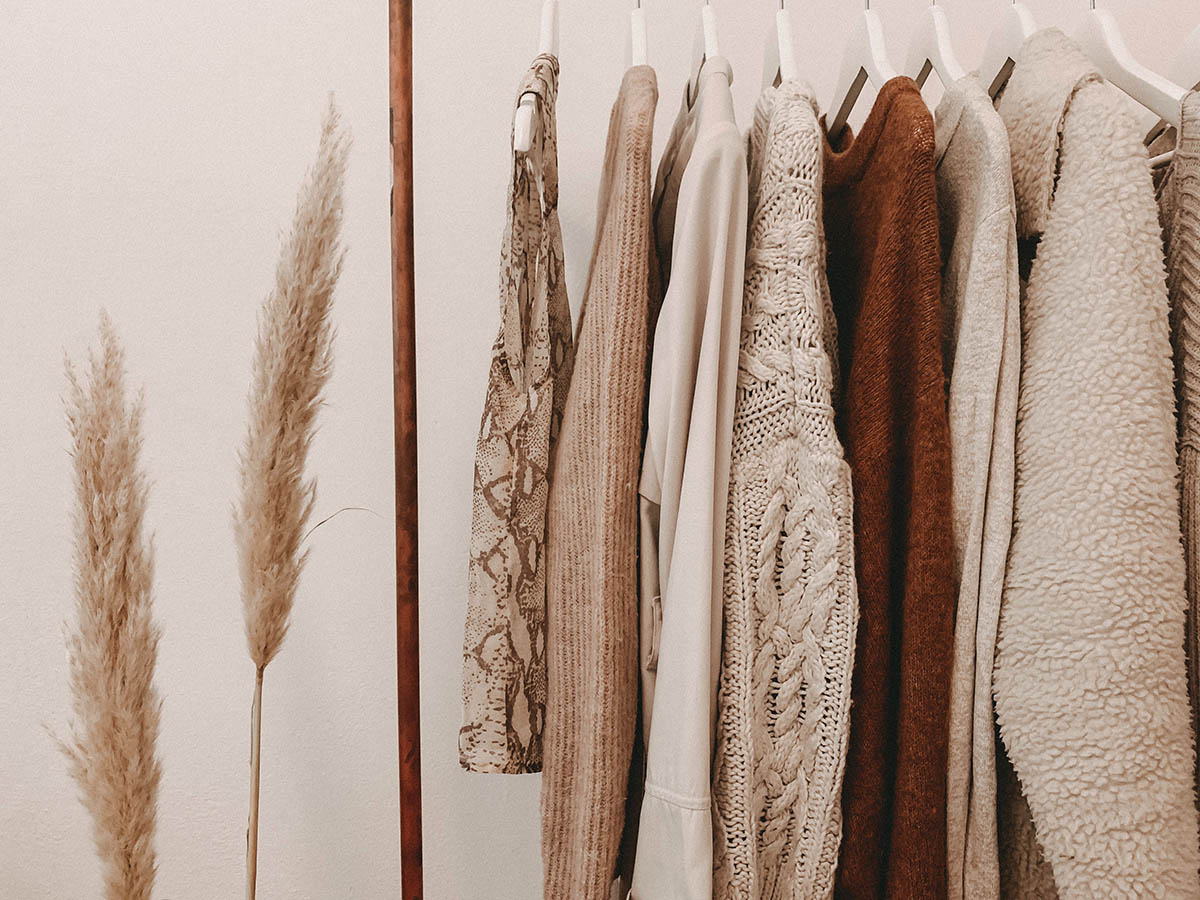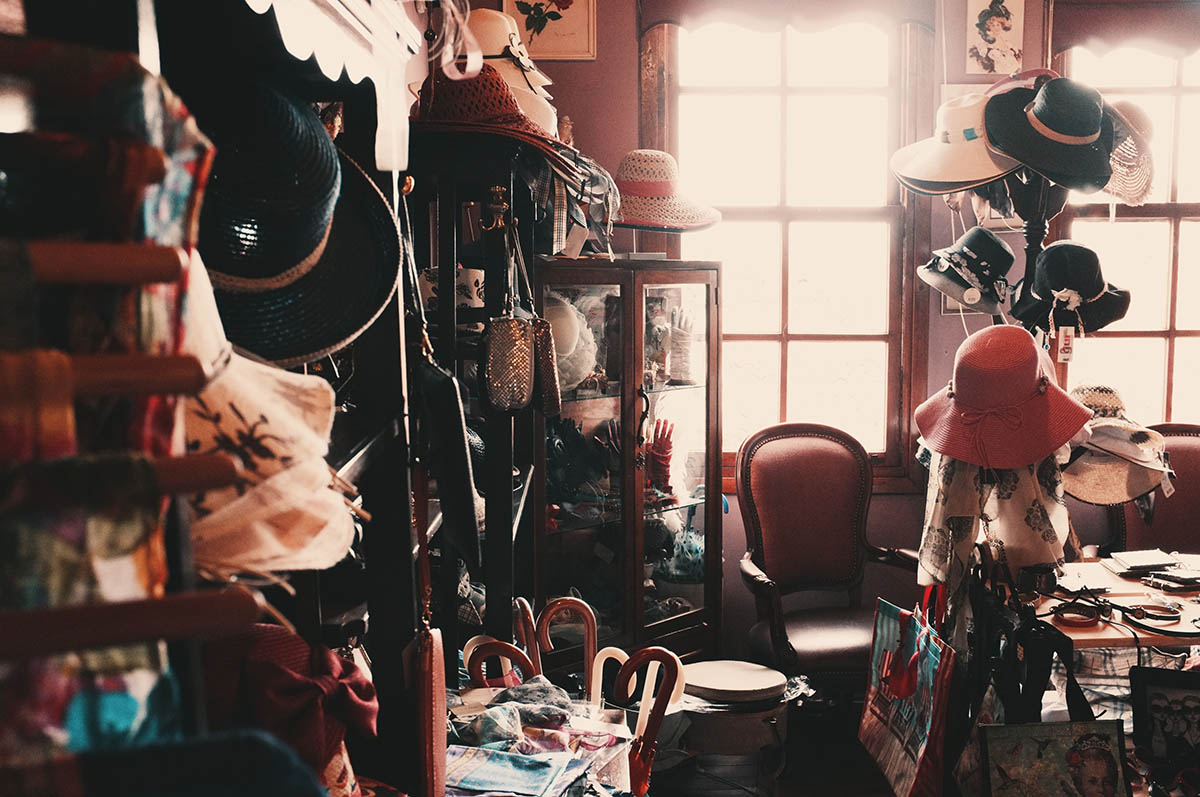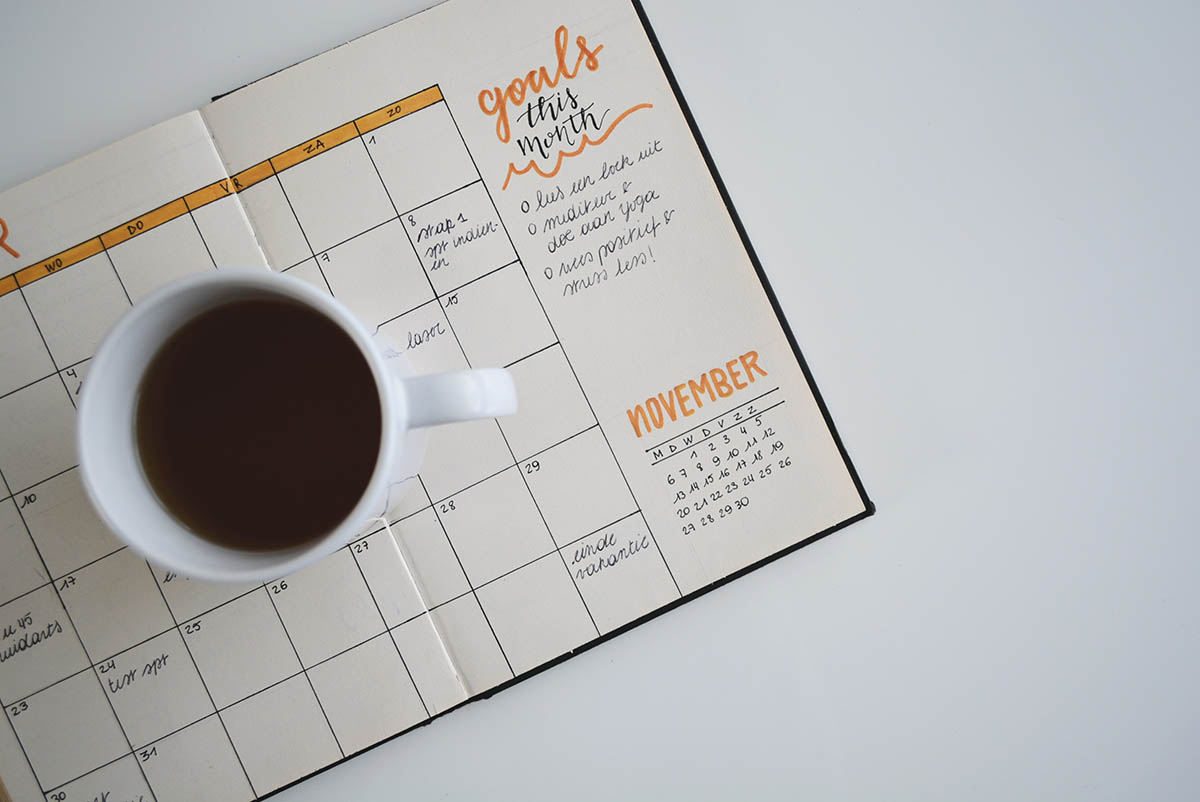The New Year’s Resolution: Consume More Sustainably
The decade is coming to an end, and as we move into a new one it’s time to make some resolutions for 2020. Sticking to New Year’s Resolutions is easier said than done, but as I’m on this journey myself, it seemed appropriate to offer some tips for consuming more sustainably this new year.
As much as it is the time for reflection, we must also look ahead and think about what we can do for ourselves and others. Climate change has been the biggest topic of conversation this decade, with activists like Greta Thunberg highlighting the damning scientific facts about the future of this planet.
The fashion industry, in particular, has been exposed as one of the biggest pollutants, and 2019 became a year of change within the industry marked by the s/s19 Fashion Week. As we enter a new decade, both consumers and manufacturers are continuing to work toward a more sustainable future for the industry.
As consumers we have the power to control what we buy and how we buy it. This is the first step to a more sustainable way of living, as well as communicating to manufacturers that the way we consume is changing; sustainable and environmentally conscious fashion is what the people want.

Shopping pre-loved
Despite it rising in popularity, second-hand shopping still has some stigma around it. Some consumers still find it shabby; however, viewing second-hand shopping as purchasing ‘pre-loved’ pieces is diminishing the remaining stigma. Shopping pre-loved not only saves you money, but it is such a good way to start your sustainable journey. Vintage and charity shops have such a variety of pieces and there will definitely be gems in them that you didn’t know you needed. This kind of consuming will feed your impulse buying appetite but with no guilt whatsoever.
Clothing rentals
In the US, renting clothes has shot to popularity but across the pond the concept is still relatively new. In the UK, more than half of consumers prefer to shop online than in-store so renting online is definitely a great innovation. If you’re in need of an outfit for an event, clothing rentals are a good way to save money and not add to your wardrobe. HURR is one site that allows you to rent clothes as well as lend your own. Sharing your wardrobe means you get the most out of the clothes you already have. After all, sharing is caring! And what’s better than caring for the environment and being savvy with your shopping.


Mix & Match
The first step to consuming more sustainably is making use of what you already have. It’s easy to create a few outfits out of your wardrobe and stick to them. But, have a look at your wardrobe and create new outfits – mix and match! It seems obvious, but stepping out of your comfort zone with your own wardrobe means you consume less and create more outfits. Upcycling and re-purposing your clothes also gives them a new lease of life!
Where do these clothes come from?
The New Year starts with the January sales, and they can be hard to resist. A good way to cut down on consuming is asking yourself these questions before you buy: where have these clothes come from? What are they made out of? Who has made them? Understanding the journey that one item of clothing takes from manufacturing to distribution highlights just how polluting and wasteful the industry can be. These questions bring the damaging effects of the industry to the forefront, and allow you to question whether you really need the clothes that you want to buy. It isn’t only the environmental issues that should hold weight when deciding to purchase clothes. Thinking about who has made your clothes helps in consuming more sustainably. Ethicality is a factor in sustainable fashion, as it’s important to consider whether the people that made your clothes are being treated fairly.
It’s easier to find the answers to these questions when shopping online as brands are becoming more transparent about what their clothes are made from and where the materials are sourced. Consumers are becoming more active in their shopping methods, so brand transparency is needed.
The New Year is a great incentive to start afresh, not only for your carbon footprint, but also for the environment.
Small changes spark big changes further up the chain, and it is already evident within the fashion industry. Who knows what the next decade has in store for us, but there’s no doubt that sustainability will be a big topic of discussion.

+ Words: Shaelei Parmar
Shaelei Parmar is a Fashion and Sustainability Blogger. She recently graduated with a degree in English and Drama and is beginning her journey as a writer and sustainable consumer. She has her own Blog ( https://shaestyles.blog/).
Connect with her on Instagram: Shaelei




